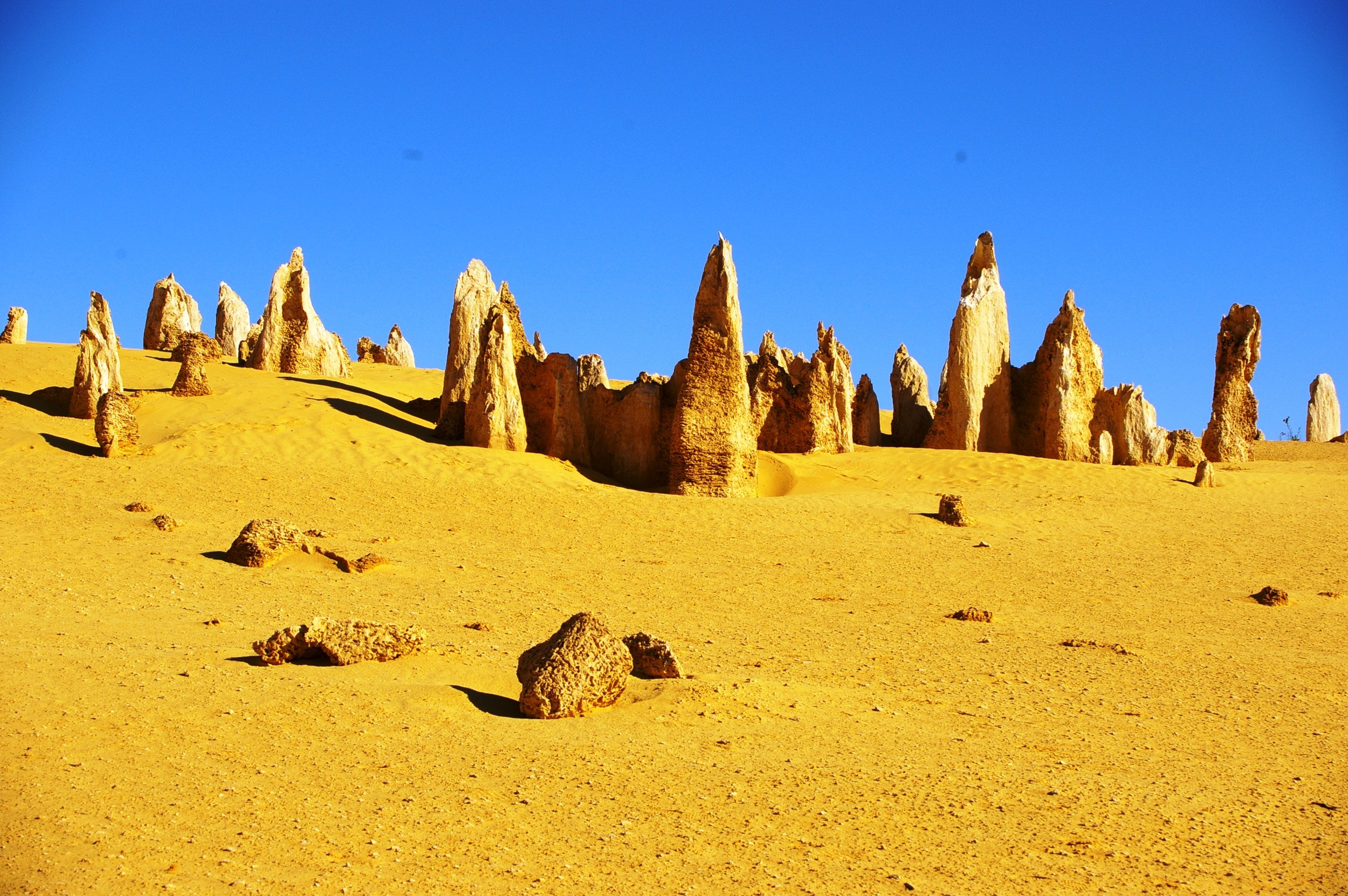
Prior to colonisation Yued people occupied what has become defined as the Yued Indigenous Land Use Agreement (“ILUA”) area. This region of Noongar Boodja (lands) refers to the Noongar language or dialectal group north of Perth, the speakers of which have occupied this Boodja for tens of thousands of years. Of course, in those days boundaries between peoples’ lands weren’t drawn on maps.
Culturally significant sites in the Yued region include caves, birthing sites, ceremonial sites, hunting grounds, rock art, paintings and artefacts.
Yued society and knowledge is complex and sophisticated and has survived the devastating effects of colonial conquest and oppression. It is fundamentally different from the European traditions that were imposed upon Yued people and has had to adapt in dynamic and significant ways to avoid the attempted colonial eradication.
The Yued ILUA is the result of a settlement of the Noongar native title claim under the Commonwealth of Australia’s Native Title Act regime. Yued do not accept that this colonial legal regime adequately recognises the extent of pre-colonial Yued rights and interests.
The Yued ILUA area includes the towns of Leeman, Jurien Bay, Cervantes, Gingin, Calingiri, Coorow and Moora. The approximate size of the Yued region is 26,040.61 square kilometres. It is comprised of 11 local government areas, three regions for the Department of Biodiversity, Conservation and Attractions, and three Natural Resource Management Groups.
Other sites of significance in the region include Old Moora Reserve, New Norcia, the Pinnacles, Mogumber Mission, and Walebing Reserve.
Our Organisation
Find out about more about the Yued Aboriginal Corporation.
Our directors
Meet the members of the Yued Aboriginal Corporation Board of Directors and Cultural Advice Committee.






